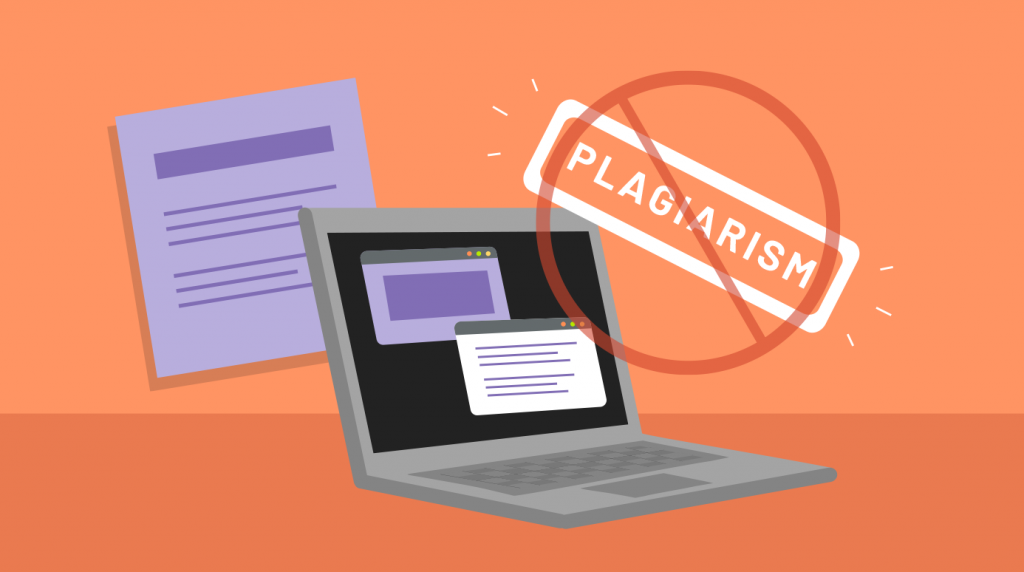Edition: September 16th, 2021
Curated by the Knowledge Team of ICS Career GPS

- Excerpts from article by Chaitali Moitra, published in Outlook India
The first wave of the COVID-19 pandemic began sweeping through India in early 2020, forcing schools and higher education institutions to shut as learning swiftly moved into the online sphere. As a result, the education landscape in the country changed dramatically with remote learning, centred on digital platforms, becoming the new normal.
While digital transformation was encouraging, it brought with it a new set of challenges that required a more innovative approach.
In the case of online learning, maintaining academic integrity is a critical issue – to safeguard the reputation of educational institutions and the legitimacy of online assessments and examinations.
In an online learning environment, educators are unable to supervise students as closely as they do in a physical classroom setting. This has triggered a rise in academic misconduct, with plagiarism at the forefront of this broader problem hindering academic integrity.
Today, plagiarism is more than just about copying and pasting chunks of text from other sources. As education evolves, plagiarism methods too, have taken various forms, which illustrates the need for educators to become more vigilant and take necessary steps to minimise acts of dishonesty.
Factors that trigger deliberate plagiarism
There are numerous factors that drive students towards resorting to questionable means to complete assessments.
1. Desire to get into a good college
Although plagiarism, if detected, is the first thing to get a student disqualified, unfortunately, many resort to it in their quest to gain admission in the top ranked universities and colleges. Places at these higher learning institutions are often limited to high achievers, which creates stiff competition among students. Immense pressure to achieve the required scores can potentially lead to undesirable means.
2. Family and peer pressure
Peer and family pressure, too, contribute to academic dishonesty. Some students come under intense scrutiny from family members to live up to certain academic expectations, while others might feel pressured to emulate their peers who are either performing exceptionally well or taking shortcuts to good grades.
3. Lack of self-confidence and guidance
There are students who lack the confidence or the necessary guidance to complete assignments in time and with high quality standards. As a result, some of them turn to dishonest means of obtaining the desired scores.
Not all plagiarism is deliberate
It’s important to recognise that not all cases of plagiarism are deliberate.
A significant amount of plagiarism or other forms of misconduct occur due to students’ lack of knowledge or awareness of the academic guidelines.
E.g., while writing assignments, bad habits such as copy-pasting text and paraphrasing original information while misquoting or inappropriately citing sources can result in plagiarism.
Educating students from the outset on the importance of integrity and the repercussions that plagiarism will have on their academic journey and professional careers can significantly benefit them.
It’s crucial to help students realise the importance of cultivating the right values and ethics to become competent and capable global citizens.
Plagiarism challenges confronting educators
While there are multiple types of plagiarism that occur, the most sophisticated ones that educators may encounter include:
- Contract cheating: Students engaging an external party (with or without an exchange of money) to complete their coursework, which is then submitted as their own.
- Text manipulation: Swapping characters/alphabets, replacing spaces with invisible white text, inserting images of text and more, designed to deceive plagiarism detection tools.
- Source code plagiarism: Copying another person’s source code without attributing it to the owner and claiming it as one’s own. Also known as programming plagiarism.
- Self-plagiarism: Submission of one’s own previously published work in its entirety or in parts as a new assignment.
- Student collusion: Students collaborating with each other to complete assignments which were meant for individual assessment and submission.
Addressing the challenge with technology
It has become extremely important for educators to adopt the right measures to uphold academic integrity at their institutions.
Thanks to technology profoundly changing the face of education, there are numerous highly secure and user-friendly tools available for educators to promote responsible behaviour.
Plagiarism detection software
To deal with plagiarism, be it for assessments, exams or coursework submissions, educators can take advantage of state-of-the art plagiarism detection software to help identify content similarities, code plagiarism in programming, text manipulation and originality of students’ work.
This can be a crucial stepping stone to developing young minds to appreciate the importance of practising honesty throughout their academic journey and lay the foundations for successful professional careers.
…
(Disclaimer: The opinions expressed in the article mentioned above are those of the author(s). They do not purport to reflect the opinions or views of ICS Career GPS or its staff.)
Like this post? For more such helpful articles, click on the button below and subscribe FREE to our blog.




